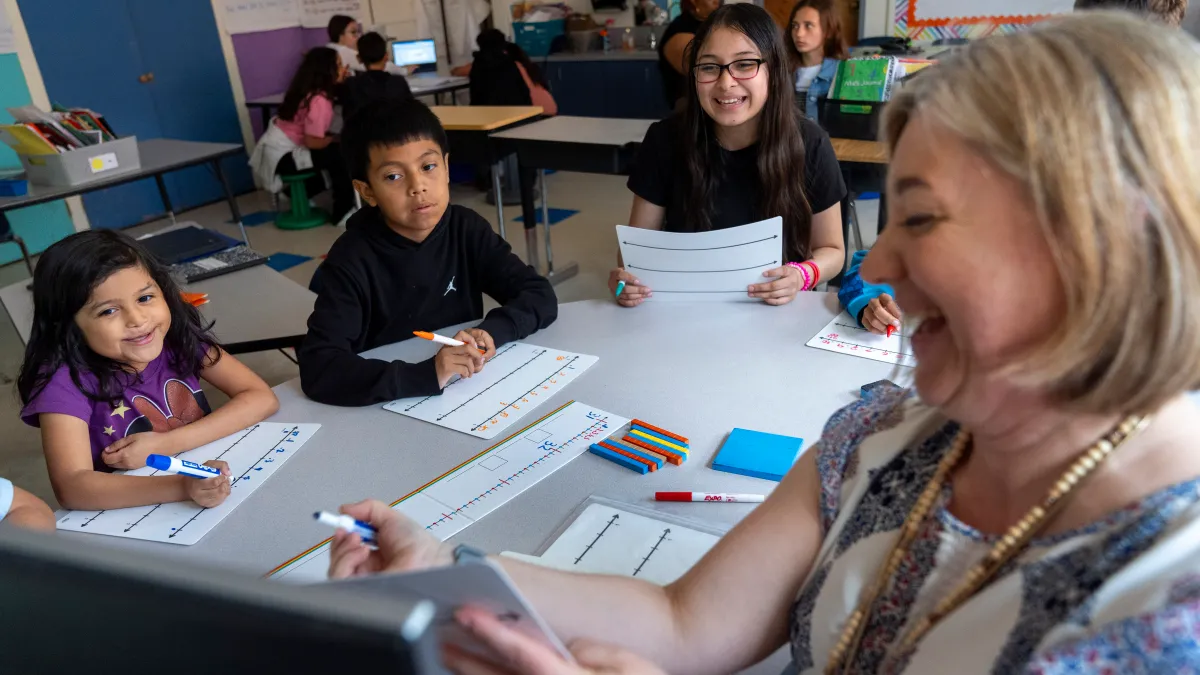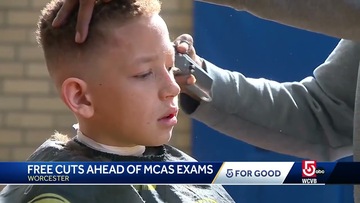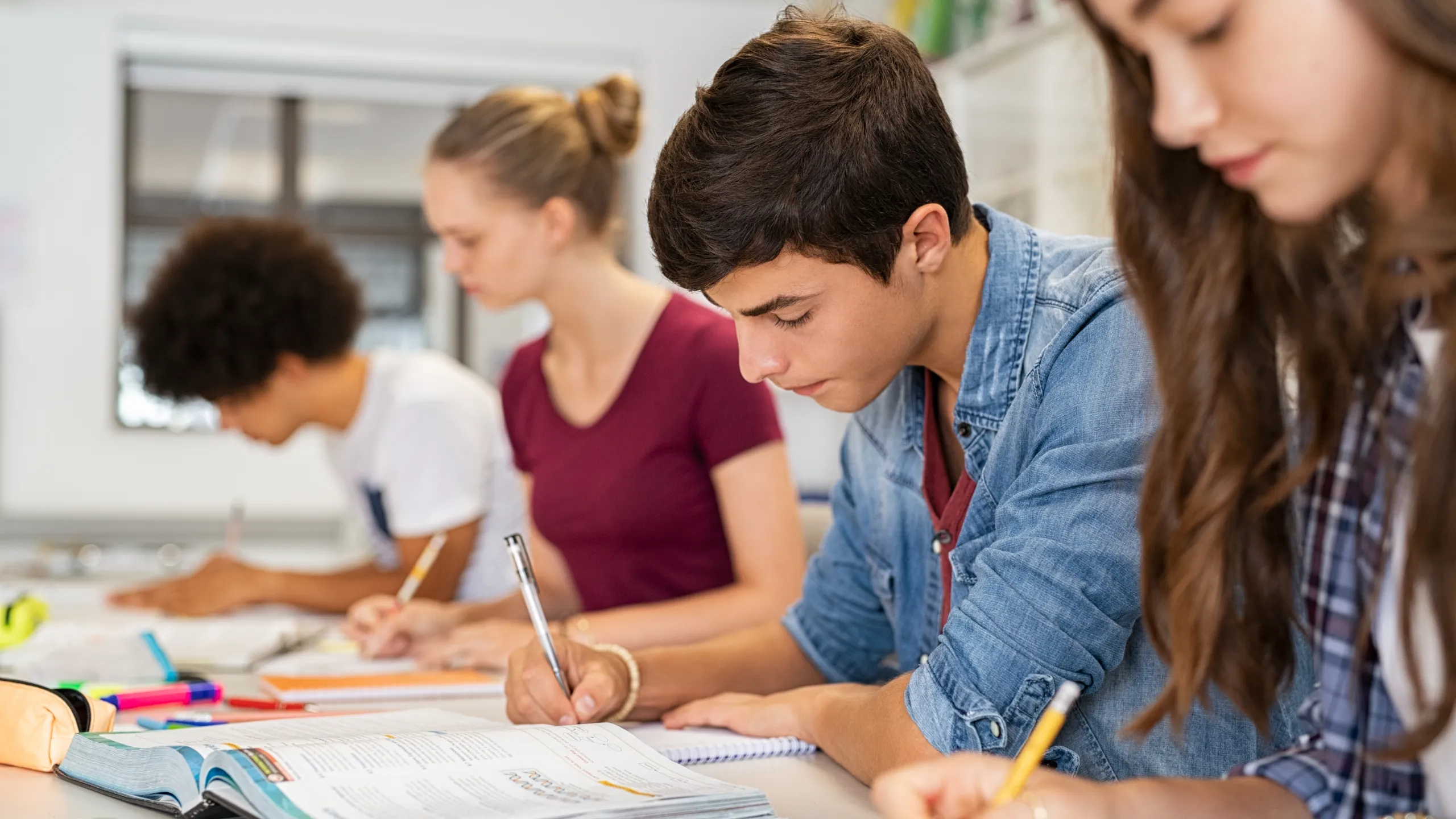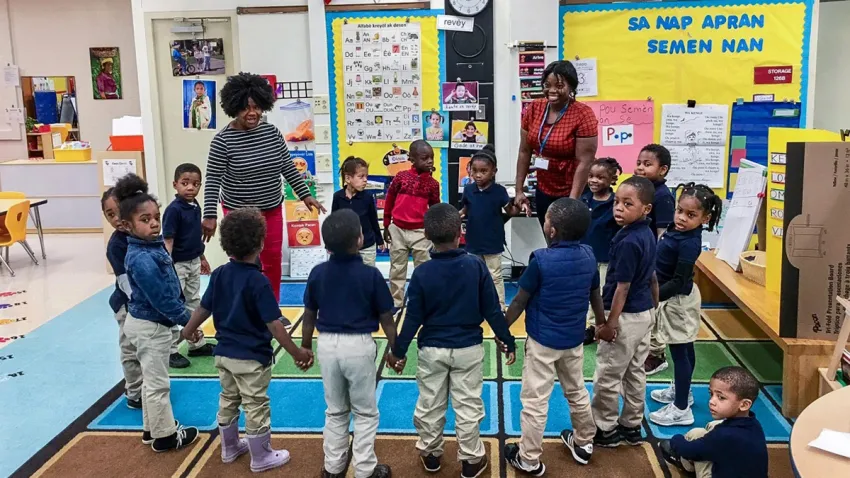It has been over four years since schools nationwide first shut down due to the COVID-19 pandemic. The disruptions to in-person learning have left many students, especially those in underserved communities, facing greater challenges. At Mount Vernon Community School in Virginia, educators are working tirelessly to help students regain lost ground through innovative learning approaches.
On a recent school day, the usual bustle and energy could be felt throughout the building. However, upon closer look, it was clear this was no ordinary school day. In one corner of the library, a group of third graders had circled around teacher Maria Fletcher. She was leading them in interactive exercises to practice important vowel sounds. In another area, a small gathering of children had their heads together, deeply engaged in reading from a book.
Elsewhere around the large space, students were scattered working independently. Some sat at laptop computers, focused on online reading tutorials. Through their headphones, real-time tutoring help could be heard from literacy experts. Others worked on literacy worksheets and leveled readers at tables. A whiteboard had been set up for any students seeking additional support from Ms. Fletcher as well.
This innovative “learning studio” model at Mount Vernon aims to meet students exactly where they are through differentiated, personalized instruction. By rotating between whole-group, small-group, partner, and individual work, each child’s unique needs can be addressed. Data from regular assessments also helps educators target support and resources.
Principal Michael Roberts is proud of the progress being made through this approach. “Our teachers have worked so hard these past years to help children regain ground and strengthen foundational skills,” he said. Early results indeed show reading levels rebounding from pandemic lows at a rate faster than typical.
With dedicated staff, innovative methods, and a commitment to meeting each student’s needs, Mount Vernon Community School is helping third graders and beyond get fully back on track even after significant disruptions to learning. Their success shows the power of personalized, student-centered approaches.




